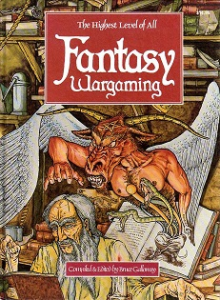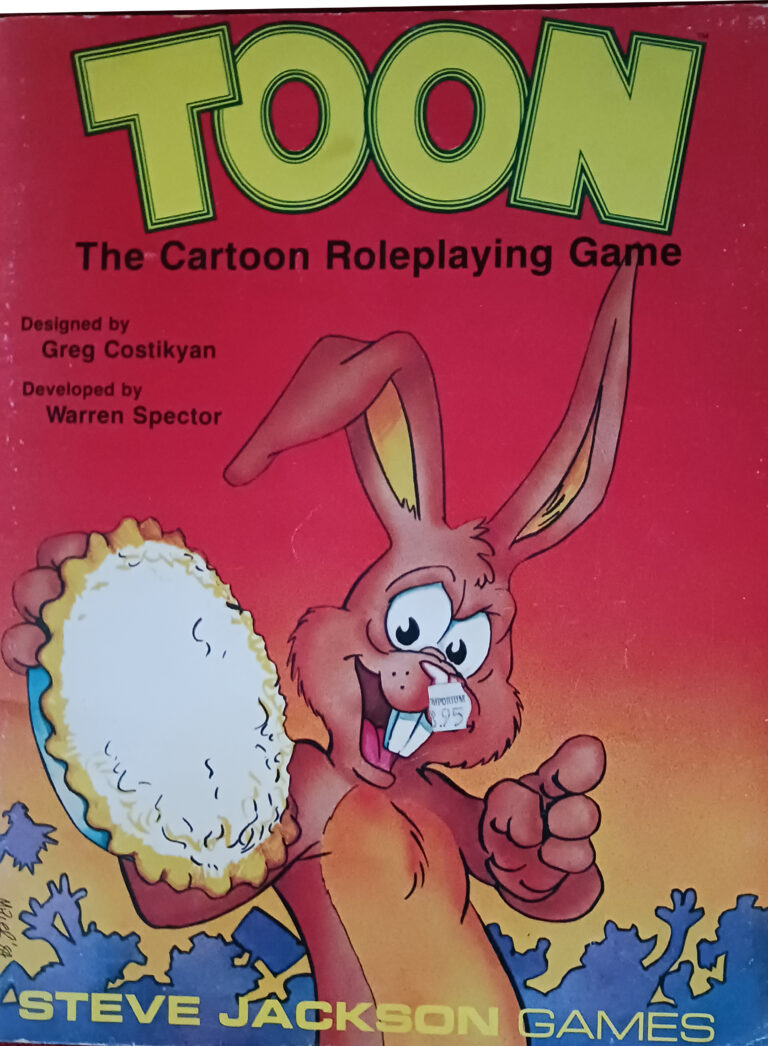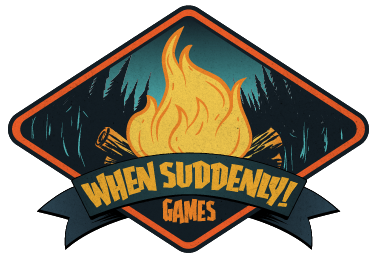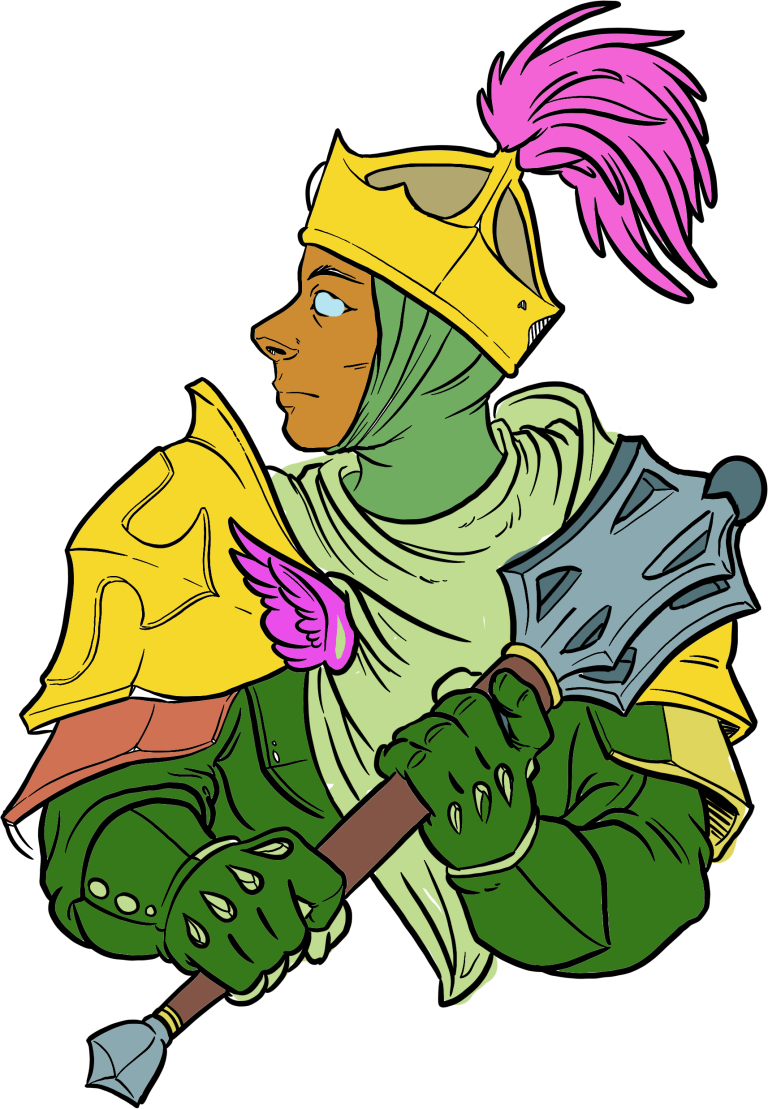By Jason Campbell
It’s 1982. At 14 years old, I’m obsessed with Dungeons & Dragons, constantly re-reading the Advanced Dungeons & Dragons books. At Waldenbooks a new book catches my eye – Fantasy Wargaming – a new roleplaying game, and I happily grab it and dive into it as soon as I get home.

Fantasy Wargaming, The Highest Level of All is a book by Bruce Galloway published as a 208 page hardcover in 1981. It is not good. In fact it’s safe to say this is a legendarily bad TTRPG book. By way of example, the book lists statistics, including hit points, for God. I still own it and thought it’d be fun to review it.
What Is This Thing?
This book is its own game, meant to supplant games like Dungeons & Dragons. The introduction discusses historical wargaming and the state of role playing games at the time. It’s a single book, with no dice, and in fact there is no “what is a role playing game” and no explanation of what dice you’ll need to play the game. As an American who bought this book in a bookstore in the U.S., it reads oddly, discussing books from America as “imported”. It was written by a British author who seems like he must have been surprised when it was distributed in the U.S. This quote describes what the author claimed to be doing in writing this book.
The key words for Fantasy Wargaming are motive and logic created for expert and demanding players.
The main theme of this game is to create a fantasy RPG that is informed by “real world” medieval history. In fact the beginning of the book is largely filled with historic examples, before any gaming is mentioned.
Wait – What is Where, Now?
As mentioned above, the first part of the book is concerned with examples from history to make a more “realistic” game. As a result, the playing rules section starts on page 77, in Chapter VII. Earlier chapters deal with city and country life, the role of the church and specifics about medieval combat and common weapons of the period. After all of that you finally learn how to play the game. Kind of. Before learning how to play the game, there’s a chapter on how to be the game master. Then we can finally learn how to play the game. The order of information in the book makes little sense.
And More Weirdness…
The rules chapter begins with character creation where we learn about the 11 (yes, 11) ability scores each character has, including things like Greed and Faith. All ability scores are determined by rolling 3d6. But the first page explains that you randomly determine your astrological sign, which then might modify some of your ability scores. Because of course if you’re an Aquarius or a Cancer, you’ll be greedier.
Later there’s a bogey table (described as good or bad results), where you roll a d% a few times to decide if you have characteristics like Homosexuality, Homophobia, a Sexual Fetish, Depression, Impotence, or if you’re Jewish.
For combat there’s a weapons table so complex it would make fans of Weapon Speed Factors envious. If you’re a warrior, there’s 6 pages of table to adjust your fighting skills, depending on your warrior type, such as “Javelin man” or “Late Welsh Infantry”.
Monsters and… Saints?
As noted earlier, there’s stats including h.p. and statistics for God, as well as most of the Chritian saints. Just in case you want to beat the hell out of Mary Magdalene. The final chapter describes various creatures from mythology.
Conclusion
This book obviously wouldn’t conform to any modern RPG standards, but it really shouldn’t be dismissed as a product of its time. Even in 1981 this book was an oddity. Ironically it came out towards the early part of the “satanic panic”. I have to think that anti Dungeons & Dragons crusaders would have had objections to listing the numeric abilities of God and the Christian saints. Perhaps it’s lucky this book didn’t sell particularly well.
I should point out that I don’t know Bruce Galloway and I’m sure he was a fan of RPGs who honestly felt a game more steeped in history would be great. Though his motivations might have been ok, the work is … a bit different to say the least. I should also note that although I read this book and might have borrowed some historical ideas, we never played this. I don’t know anyone that did, and I would think it’s pretty close to unplayable.
What do you think? Have you heard about this book? Did you play it? Let us know in the comments!





